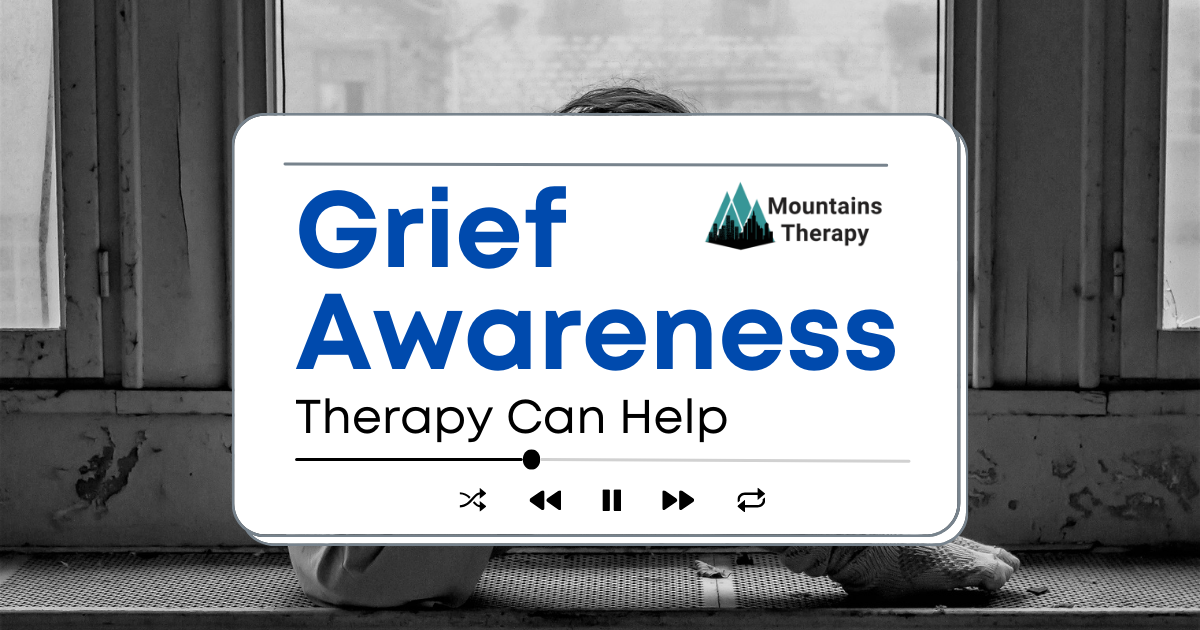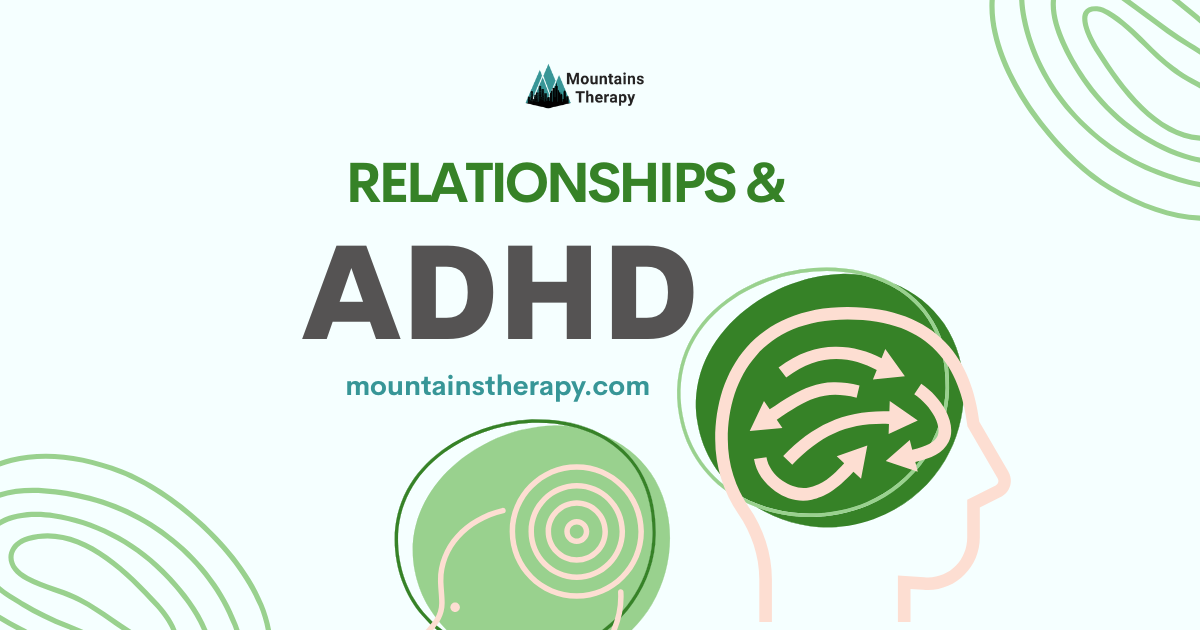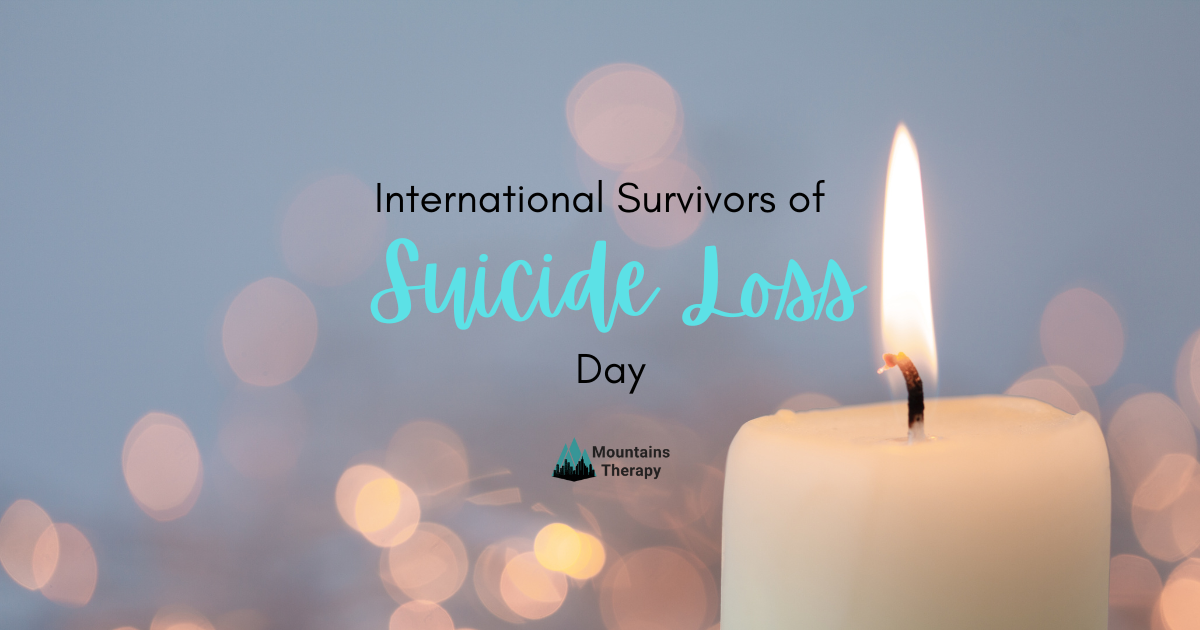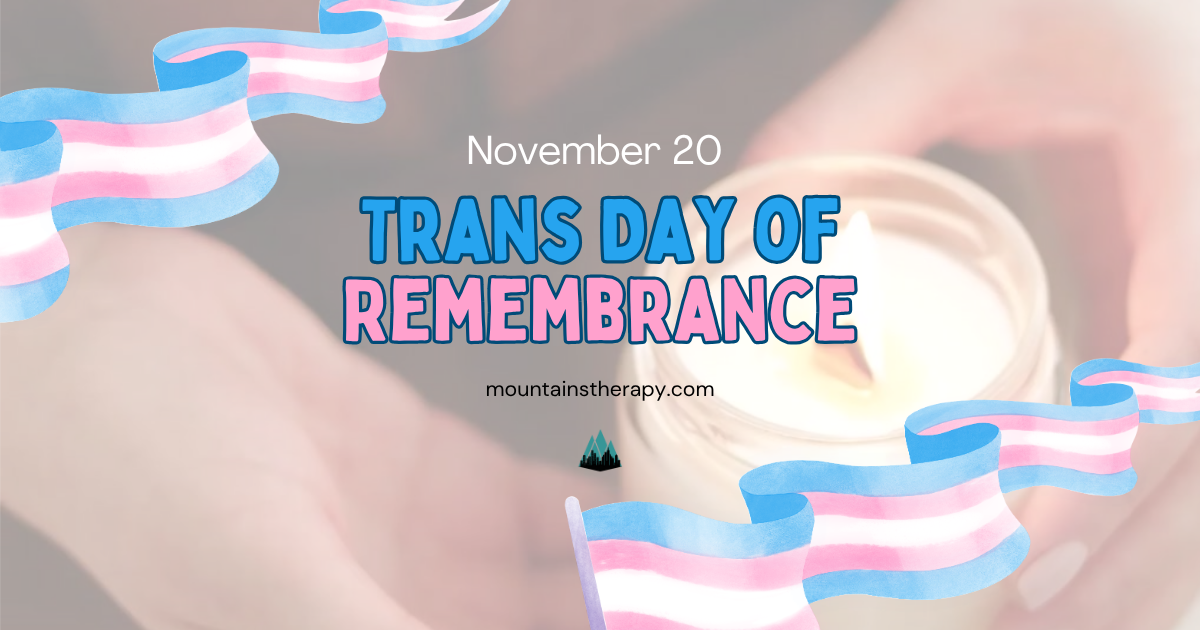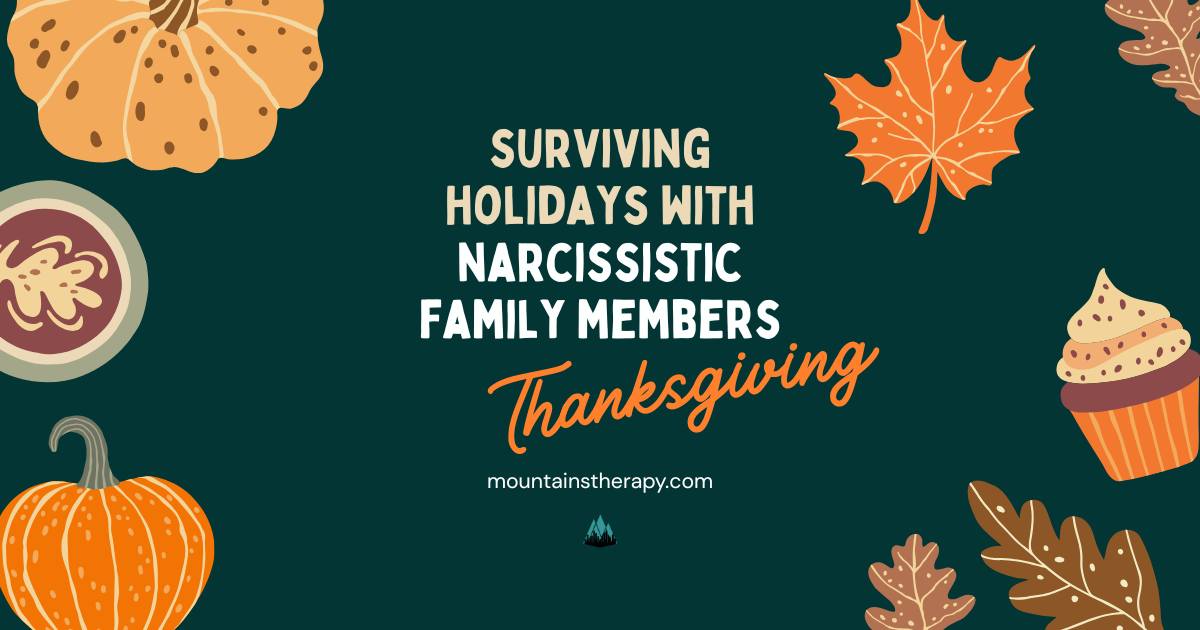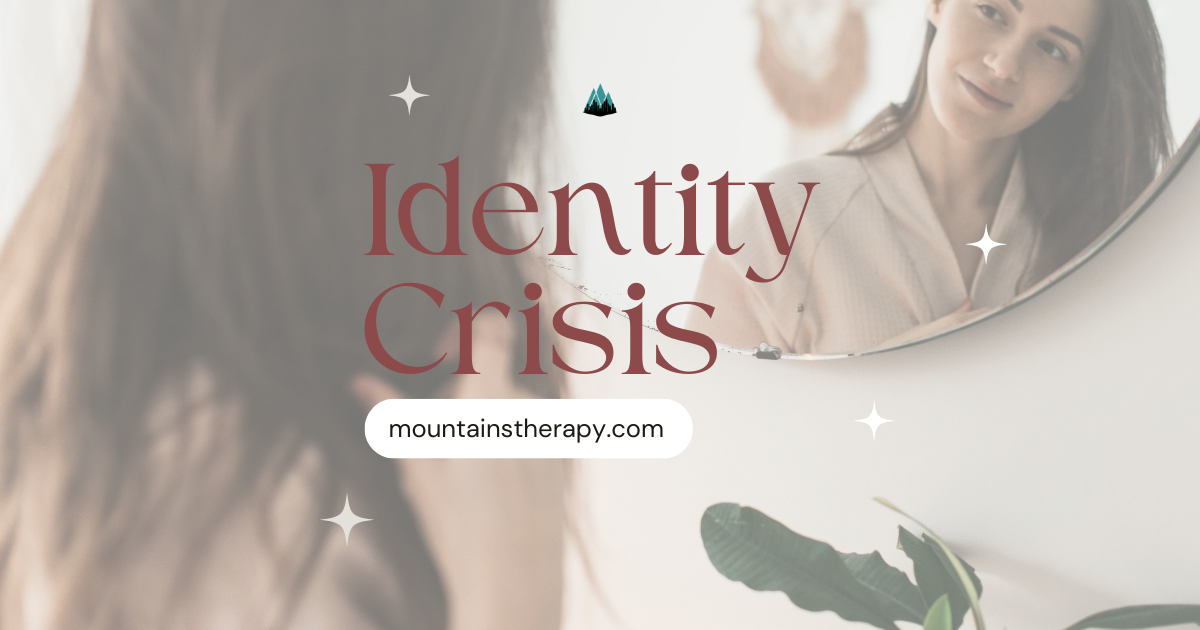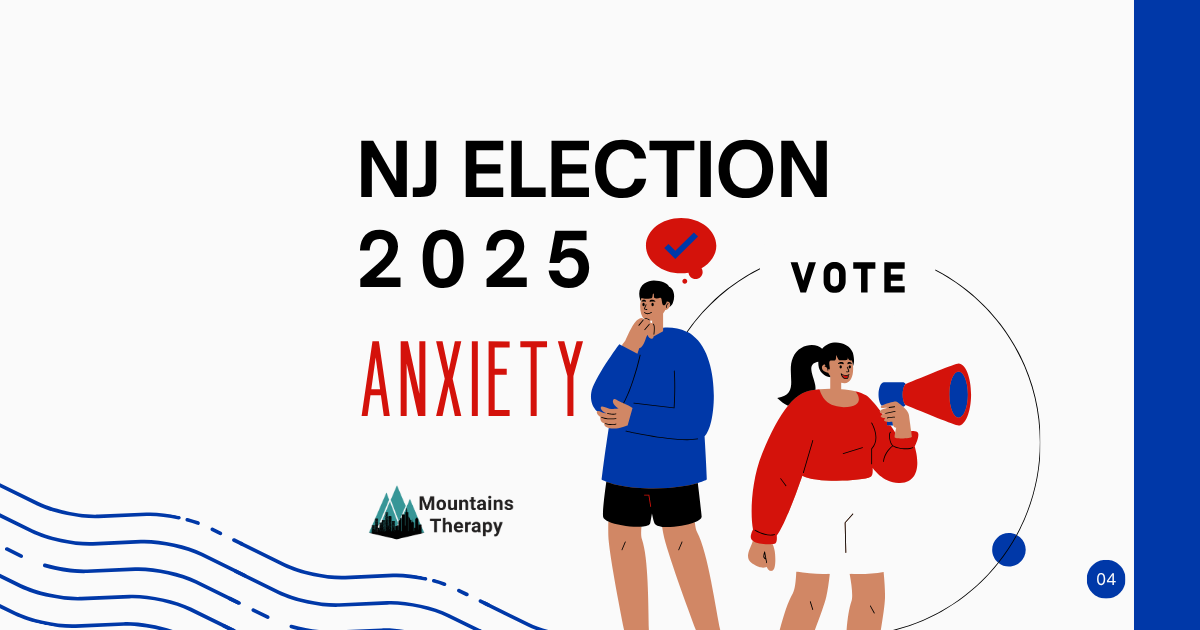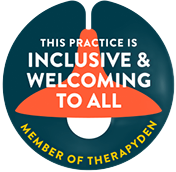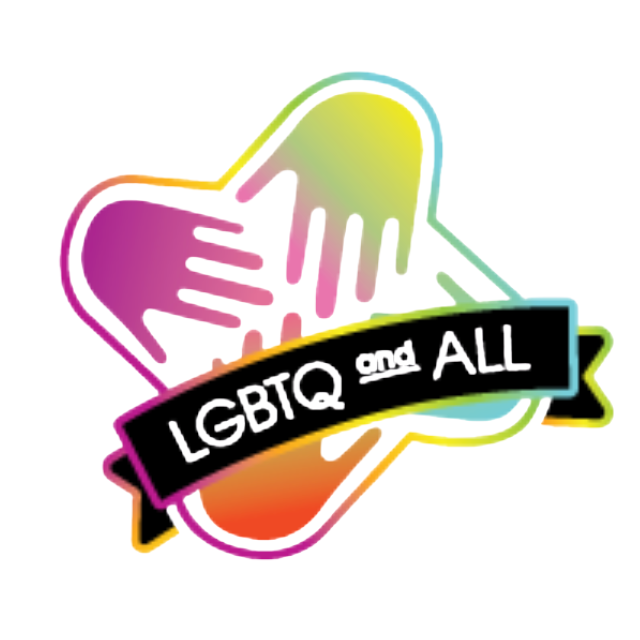How to Understand and Cope with Grief on Grief Awareness Day
Learn more about Grief Therapy.
In This Blog, You’ll Learn:
✅ The many different types of
grief people experience
✅ The stages of grief and how they shape the healing process
✅ How grief affects the brain, body, and emotions
✅ Why grief changes relationships and identity
✅ How therapy can help you heal and honor your loss
What Is Grief Awareness Day?
Every year on August 30th, Grief Awareness Day reminds us that grief is a shared human experience. While many ask, “are grief and mourning the same?” mourning is the outward expression of loss, while grief is the inward emotional, mental, and physical response.
In This Blog, You’ll Learn:
✅ The many different types of
grief people experience
✅ The stages of grief and how they shape the healing process
✅ How grief affects the brain, body, and emotions
✅ Why grief changes relationships and identity
✅ How therapy can help you heal and honor your loss
What Is Grief Awareness Day?
Every year on August 30th, Grief Awareness Day reminds us that grief is a shared human experience. While many ask, “are grief and mourning the same?” mourning is the outward expression of loss, while grief is the inward emotional, mental, and physical response.
There isn’t one “right” way to grieve, but several frameworks help us understand the common emotions people move through when coping with loss.
📖 The Five Stages of Grief (Kübler-Ross Model) + Stage 6: Finding Meaning
These stages are not a strict roadmap but a framework that helps explain the emotional waves of grief. People may experience them in different orders, revisit stages, or feel more than one at a time.
1️⃣ Denial
- What it might look like:
- Shock, numbness, going through the motions without fully processing what happened.
- Thoughts people may have:
- “This can’t be real.”
- “There must be a mistake.”
- “I feel nothing right now.”
2️⃣ Anger
- What it might look like:
- Irritability, frustration, blaming others or oneself, snapping at loved ones.
- Thoughts people may have:
- “Why did this happen to me?”
- “It’s not fair.”
- “Someone should have done more.”
3️⃣ Bargaining
- What it might look like:
- Making deals with oneself, a higher power, or imagining “what if” scenarios.
- Thoughts people may have:
- “If only I had done things differently.”
- “Maybe if I change, things will go back to normal.”
- “Please, just give me one more chance.”
4️⃣ Depression
- What it might look like:
- Withdrawal from others, deep sadness, loss of motivation, and overwhelming fatigue.
- Thoughts people may have:
- “What’s the point of anything now?”
- “I can’t go on like this.”
- “I just feel so empty.”
5️⃣ Acceptance
- What it might look like:
- A growing ability to talk about the loss, finding new routines, and moments of peace.
- Thoughts people may have:
- “This hurts, but I’m learning to live with it.”
- “I still miss them, but I can smile again.”
- “I can honor their memory while moving forward.”
6️⃣ Finding Meaning
- What it might look like:
- Creating rituals of remembrance, using the loss to inspire growth, connecting with others who have experienced grief.
- Thoughts people may have:
- “Their life and love continue to shape who I am.”
- “I can use this experience to help others.”
- “Even in loss, I can carry forward their legacy.”
🔄 The Different Things People Grieve
Grief isn’t limited to the death of a loved one. People may experience grief in many areas of life. No matter the type, grief reflects love, connection, and change, and each form of grief deserves validation.
👨👩👧 Death of a loved one
- Parents, children, siblings, spouses, or close friends.
- This is the most recognized form of grief, but how it feels is deeply personal for each person.
🤰 Miscarriage, stillbirth, or pregnancy loss
- Grief may include mourning the child, the dreams and future imagined, and feelings of silence or isolation if others do not understand.
🐾 Loss of a pet
- Pets are family members, and their death often brings profound sadness.
- Many people feel guilty when others don’t acknowledge how deep this grief can be.
❓ Ambiguous loss
- When someone is physically absent or emotionally unavailable.
- This might include a loved one who is missing, estranged, or living with conditions like dementia.
😔 Disenfranchised grief
- Losses that society doesn’t openly recognize, such as the end of a friendship, losing an ex-partner, or the grief of miscarriage that isn’t acknowledged publicly.
🏠 Non-death losses
- Divorce, job loss, financial insecurity, declining health, moving away from a beloved home, or even losing a sense of identity.
- These changes can leave people grieving what “used to be.”
🌍 Collective grief
- Communities grieve together after natural disasters, violence, or tragedies. This type of grief can unite people but may also feel overwhelming because of its scale.
How Grief Shows Up in the Brain and Body
Grief is not only an emotional experience; it also affects our body, health, and relationships in profound ways.
🧠 How grief affects the brain
- Grief can leave you feeling foggy, forgetful, or unable to focus. Many people describe it as “living in a haze.” This happens because the brain is overwhelmed with processing the loss, making everyday tasks like remembering appointments or concentrating at work more difficult.
- Research shows what grief does to your brain is similar to the effects of trauma, triggering the stress response and reducing cognitive clarity.
.
🛌 How grief affects the body
- Fatigue, disrupted sleep, lowered immunity, and physical exhaustion are common.
- Grief often leaves you feeling like you’ve run a marathon without moving, because the nervous system is on high alert.
- This stress response explains why grief is so exhausting and why many people feel physically drained.
❤️🩹 How grief manifests in the body
- Physical grief symptoms can include heaviness in the chest, stomach upset, tightness in the throat, or even headaches and joint pain.
- These sensations may come and go, especially during anniversaries or reminders of loss. This is one way grief teaches us that emotions are deeply connected to the body.
🫀 Where is grief stored in the body?
- Some describe grief as sitting in the chest or heart area, others in the throat or stomach.
- Science shows that where grief is held in the body often aligns with the nervous system’s stress pathways. Many ask, “where does grief sit in the body?” The answer is in multiple areas, often felt as tension, heaviness, or even numbness.
Emotional and Relational Effects of Grief
🌱 How grief changes you
- Loss often reshapes your identity, values, and priorities. For some, it changes the way they see the world, while others find a deeper appreciation for life and relationships.
🤝 How grief affects relationships
- Some friendships deepen as people rally around you, while others drift apart when others don’t know what to say.
- Grief can test marriages, friendships, and family ties, making open communication essential.
- Learn more about therapy for relationships near me.
.
😡 When grief turns to anger
- Irritability and frustration are normal. Anger may be directed at the situation, at oneself, or even at others. Recognizing anger as a part of grief can prevent shame and encourage healthier expression.
- Learn more about therapy for anger near me.
😔 When grief becomes depression
- Grief and depression are not the same, but grief can lead to depression if left unprocessed. If you feel stuck in hopelessness or isolation, therapy can help break that cycle.
- Learn more about therapy for depression near me.
💔 Why grief is so hard
- Grief touches every part of who we are: mind, body, and spirit. It is not only about missing someone or something but also about losing the sense of safety and predictability in life.
🌊 Why grief comes in waves
- Grief is not linear. Feelings can intensify during anniversaries, holidays, or unexpected reminders. These waves remind us that grief is a process, not a timeline.
🕊️ Why grief is important
- Grief is a natural way of honoring love and loss. It helps us integrate pain into our story and gives meaning to what we have lost.
What Grief Looks and Feels Like
What grief looks like
Grief may look like crying, withdrawing from others, or even appearing “strong” and composed on the outside. No single expression defines grief.
What grief feels like
Grief can feel like sadness, anger, numbness, yearning, or even relief. It is complex and shifts over time.
Are grief tears different?
Yes. Research shows emotional tears contain stress hormones and natural painkillers, which may help regulate emotions and provide relief.
Will grief ever go away?
Grief rarely disappears completely. Instead, it changes form. At times, it may feel unbearable, especially when grief hits suddenly. Over time, with support and healing, grief softens and becomes a part of your story rather than the whole story.
How Therapy Helps With Grief
If you’ve wondered, “are grief counselors therapists?” — yes, many are licensed therapists who specialize in loss. At Mountains Therapy, we support individuals, couples, and families experiencing grief through different approaches:
- ACT Acceptance and Commitment Therapy for Grief – Helps accept painful feelings while building a meaningful life.
- Attachment-Based Therapy for Grief – Explores how attachment and loss affect relationships.
- CBT Cognitive Behavioral Therapy for Grief – Shifts painful thought patterns and builds coping skills.
- DBT Dialectical Behavioral Therapy for Grief – Helps manage overwhelming emotions and grief-related anger.
- EFT Emotionally Focused Therapy for Grief – Strengthens relationships strained by grief.
- Mindfulness-Based Therapy for Grief – Brings calm through breath, grounding, and presence.
- Narrative Therapy for Grief – Helps rewrite your story and integrate the loss.
- Psychodynamic Therapy for Grief– Explores past losses and unconscious grief responses.
- SFT Solution-Focused Therapy for Grief – Identifies small steps to move forward with hope.
- TF-CBT Trauma-Focused CBT for Grief – Supports those grieving sudden or traumatic losses.
FAQs About Grief
People often wonder how grief impacts health and daily life. Here are answers to the most common questions:
- Are grief and sadness the same? Not exactly—sadness is one part of grief, but grief is broader, including physical and emotional changes.
- What grief does to your brain? It can disrupt memory, focus, and sleep cycles.
- Where does grief show up in the body? Commonly in the chest, stomach, or nervous system.
- Will grief ever end? It may never completely end, but over time, grief becomes easier to carry.
- Can grief kill you? While grief itself doesn’t directly cause death, extreme stress increases heart risks, sometimes called “broken heart syndrome.”
- Can grief make you sick? Yes. Grief can weaken the immune system, leaving you more vulnerable to illness.
- Can grief make you tired? Absolutely. The emotional and physical weight of grief is draining, leading to exhaustion.
- Can grief cause memory loss? Yes. Forgetfulness and brain fog are normal during grief because the brain is processing overwhelming emotions.
- Can grief cause physical pain? Many experience chest tightness, stomach pain, or headaches. Emotional pain and physical pain often overlap.
- Can grief cause anxiety? Yes,
Grief can heighten anxiety, trigger panic, or worsen existing anxiety conditions.
You don’t have to walk through grief alone
Grief Awareness Day reminds us that grief is not something to “get over”—it’s something we live with, honor, and grow through. While many wonder, “why grief hurts so much” or “why grief is so exhausting,” the truth is that grief is the reflection of love.
At Mountains Therapy in NJ, we believe that healing is possible, whether you are grieving a loved one, a relationship, or another loss. Therapy can provide the safe space you need to navigate your grief, find meaning, and reconnect with life. Reach out today to begin your journey toward healing.

